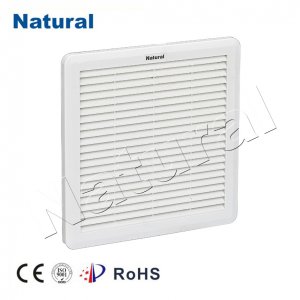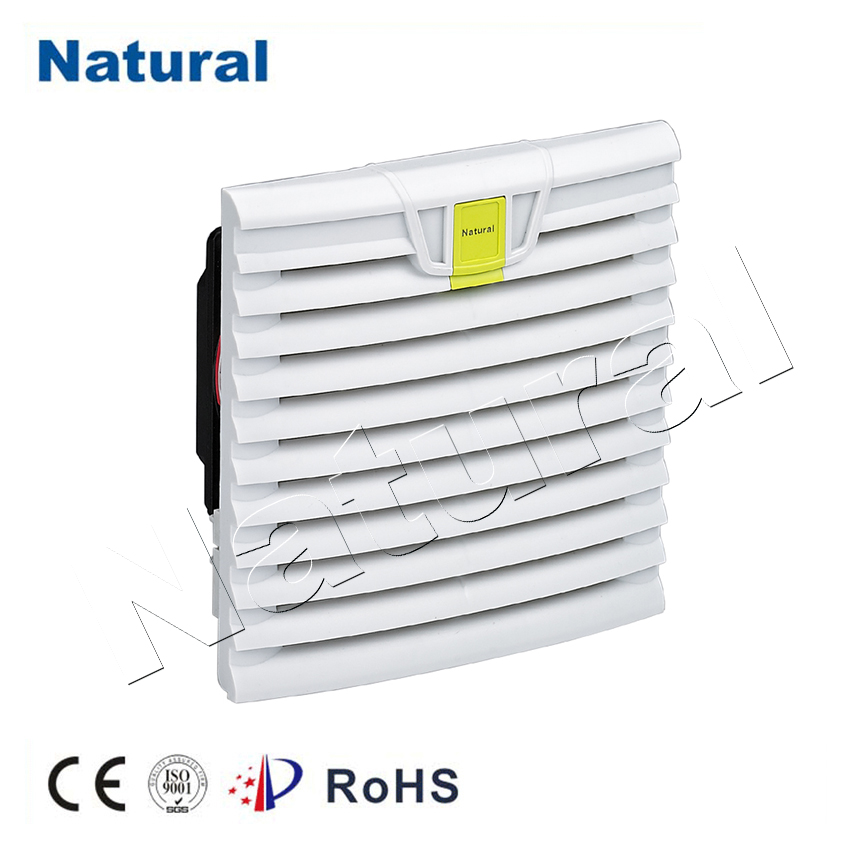In today’s fast-paced technological world, systems that require cooling and air filtration are becoming increasingly prevalent. From computers and industrial machinery to ventilation systems in buildings, the integration of fans and filters plays a crucial role in maintaining efficiency and extending the lifespan of devices and machinery. These two components, though simple in their functionality, work together to ensure that systems operate in optimal conditions by controlling airflow and reducing contaminants in the environment. This article explores the significance of fan and filter systems, their mechanisms, and their applications in various industries.

Understanding the Basics: What Are Fans and Filters?

A fan is a mechanical device designed to circulate air. It functions by drawing in air from one side and expelling it through another. Fans come in various forms, from axial fans (where the airflow is parallel to the shaft) to centrifugal fans (which change the direction of the airflow). They are primarily used for cooling and ventilation. By increasing airflow, fans help regulate temperatures, prevent overheating, and maintain proper air quality within systems. On the other hand, a filter is a device that removes unwanted particles, dust, and contaminants from the air. Filters come in various types, including HEPA filters (high-efficiency particulate air filters), carbon filters, and electrostatic filters, each designed for specific needs. Filters are commonly used in environments that require clean air, such as medical settings, laboratories, and HVAC (heating, ventilation, and air conditioning) systems.
